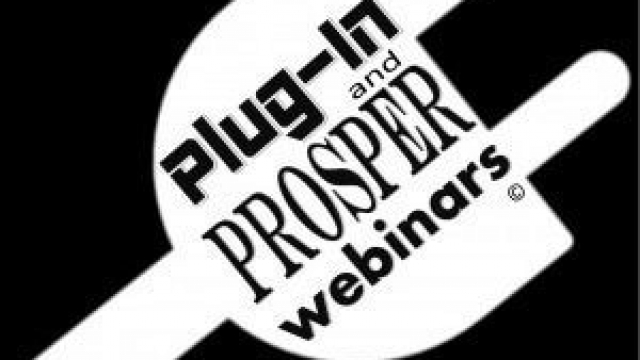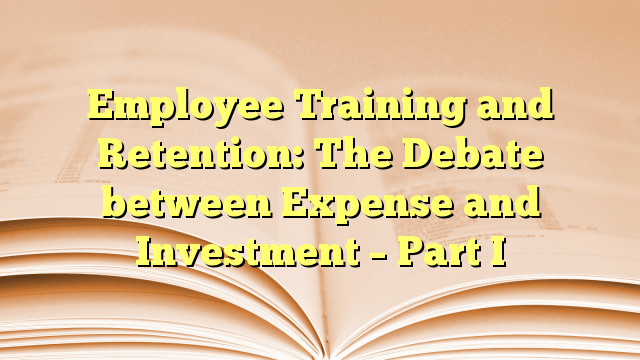Welcome To The New Information Paradigm!
 There has been a new day dawning concerning the flow of information in the Senior Living industry the last few years. Some in marketing/sales have gotten this and some haven’t quite embraced the movement yet. The larger movement has been from transaction-based selling to relationship building. Transaction-based selling is where the sales person shows the prospect the living unit and dining area and then does a 30-minute information dump about their community.
There has been a new day dawning concerning the flow of information in the Senior Living industry the last few years. Some in marketing/sales have gotten this and some haven’t quite embraced the movement yet. The larger movement has been from transaction-based selling to relationship building. Transaction-based selling is where the sales person shows the prospect the living unit and dining area and then does a 30-minute information dump about their community.
Relationship building involves a lot more listening than talking, asking the right questions, really being interested in the prospect’s current situation, their history, wants and needs, and opinions, and really CARING about them, not just lip service. In this piece I’m not going into the entire relationship building concept, but more how the information is exchanged today. The New Information Paradigm!
How Things Have Changed
Back in the day, and even up to a few short years ago, the sales/marketing person at a community controlled all the information. The Senior Living Industry was a newer concept and not that many people outside the industry really understood the concept. This is still true today to some extent, but getting better. Prospects and their families usually related all Senior Living options to the Nursing Home days of the 1960s, which today couldn’t be farther from reality for 95% of the Senior Living spectrum from Independent Living to Skilled Nursing.
So when a prospect walked in, their mind was a blank canvas that the sales person could color in this new concept of Senior Living. Or worse, the prospect and family had a very negative image based on memories from their childhood. However, our industry has grown and matured. With the proliferation of professional marketing and the adoption of the internet, we now have smarter, demanding, more resourceful consumers than ever before. This puts the real power in the hands of the consumer.
A typical sales person at the community level doesn’t get involved until much later in the process, or their families’ information gathering process, now. The days of touring and just providing an information dump are no longer effective. Approximately 80% of the prospects that call or walk through your door in 2015 have already thoroughly researched you and your community. This is also the first generation of prospects that likely had a family member in some form of senior living beyond the outdated nursing home concept of the 1960s. This is really great for the prospect/consumer, but now they know a lot more about Senior Living in general and probably know more about your competition than you know. Now the sales professional has to find out where the prospect is in this process and meet them there, not starting at the beginning. This will generally belittle a prospect and turn them off immediately.
Now more than ever it’s important for the sales person to take a deep breath and learn how to ask those probing questions. The open-ended ones! Opened-ended questions are designed to get the prospect talking, not as in closed-ended questions that require a Yes or No answer. A great example is to ask, “What brought you in today?” versus “Are you looking for a place to live?” Sales people should take the time to get to know the prospect and not be afraid to say, “We might not be a good fit for you”, instead of trying to shoehorn every prospect into their community.
Relationship Building
I increasingly dislike the term “Sales”. I understand it’s the discipline of closing, but over time it has received a very negative connotation. It conjures up the image of talking someone into something that they don’t want, need, or worse yet, can’t afford. While I won’t get on my soapbox here, it would be better to refer to them as Relationship Counselors or something similar, because that’s exactly what needs to happen—build a strong relationship with the prospect and/or their family.
Designing the correct approach to relationship building leaves no need for selling. If the right questions are asked, the need is found and then you have to decide if your community is a good fit or maybe not? If you don’t believe it is a good fit, you can offer to help point them in the right direction and/or make a few phone calls to communities that might be a good fit. The goodwill you build will be unimaginable.
When relationships are built, the Sales or Relationship Counselor is working to collaborate with the prospect. This doesn’t mean that objections cannot be overcome, like, “I can’t afford this” or, “I don’t want to just sit in my room all day”. Building a relationship and collaborating involves providing new perspectives and pointing out misconceptions, i.e. overcome objections, but just not trying to have a one size fits all model. You will just be recruiting unhappy residents at that point.
Get Away from Sales Myopia
I saw the use of a great term not long ago, “Sales Myopia”, focusing on our product and not the consumer needs. Unfortunately this is how a lot of Sales People still operate in the Senior Living Space. I was auditing a sales call the other day and the community’s sales person missed 5 opportunities to schedule a tour with the person on the phone because she was determine to give her rehearsed “information dump.” I know executives say this couldn’t be happening today, in 2015, and it sure couldn’t be happening in my community, but it is!
A few takeaways from this would be that the consumer is a much more educated and determined bunch than years ago. Throw away your information script because 95% of prospects will know you provide room, meals, and activities already. Individualize by asking questions and get to know the prospect. We tend to buy from those we like or relate to. Be consciously aware that most prospects have already researched your community and your competition. Take the sales hat off and get to building relationships. Ask those probing, open-ended questions. Find where the prospects are in the process and meet them there. Ask, “What brought you in today?” And most of all listen, really listen and care. Don’t be scared you might have to say, “Sorry, our community is not a good fit.” As a collaborator, our job is to find the best fit for the prospect and their family.
Register for Our Next Webinar on July 21st: 10 Must-Do’s for Community Call Takers

As part of MDS’ latest “Plug-In and Prosper” Webinar Series, Roy Barker, Director – Special Projects here at Moore Diversified Services, will use his years of experience in the Senior Living industry to share his wisdom of “10 Must-Do’s For Community Call Takers.”
Many times Community Call Takers make the first impression of your Senior Living community. How can they make the best first impression? How can Community Call Takers move the sales process forward and help create relationships? Community Call Takers are critical to your Senior Living community’s success. They can be the difference in a potential resident further exploring your community, or moving forward with your competitors. Join Roy on Tuesday, July 21st at 1:00 pm (CST) for this important webinar.
We look forward to having you join us!
Roy Barker is Director of Special Projects at Moore Diversified Services, a Fort-Worth, Texas-based organization specializing in Senior Living operations analysis, marketing development, and investment advisory services. Roy is an authority in the field of employee turnover analysis and retention strategies.



















